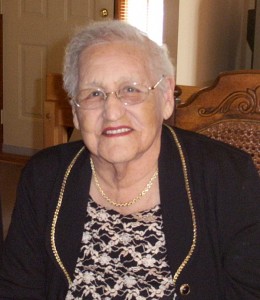The Sudbury Star is the City of Greater Sudbury’s daily newspaper.
For the web’s largest database of articles on the Ring of Fire mining camp, please go to: Ontario’s Ring of Fire Mineral Discovery
The Greater Sudbury Chamber of Commerce and chambers of commerce from Timmins, North Bay and Sault Ste. Marie are calling on the provincial government to address five key issues relating to the Far North Act that will provide more detail and make it friendlier to business.
The chambers issued a joint statement Friday calling upon the party that forms the next government to address what they call weaknesses in the act.
The act sets out a process for community-based land use in the north. First Nations, Northern Ontario municipalities, mining companies and business organizations fear the loss of growth opportunities and the creation of investment uncertainty if parts of the act are not clarified, the chambers said in the statement.
“Over all, we agree with the act and we like it and we see there’s value,” said Julie Denomme, vice-chair of the Greater Sudbury Chamber of Commerce.
























